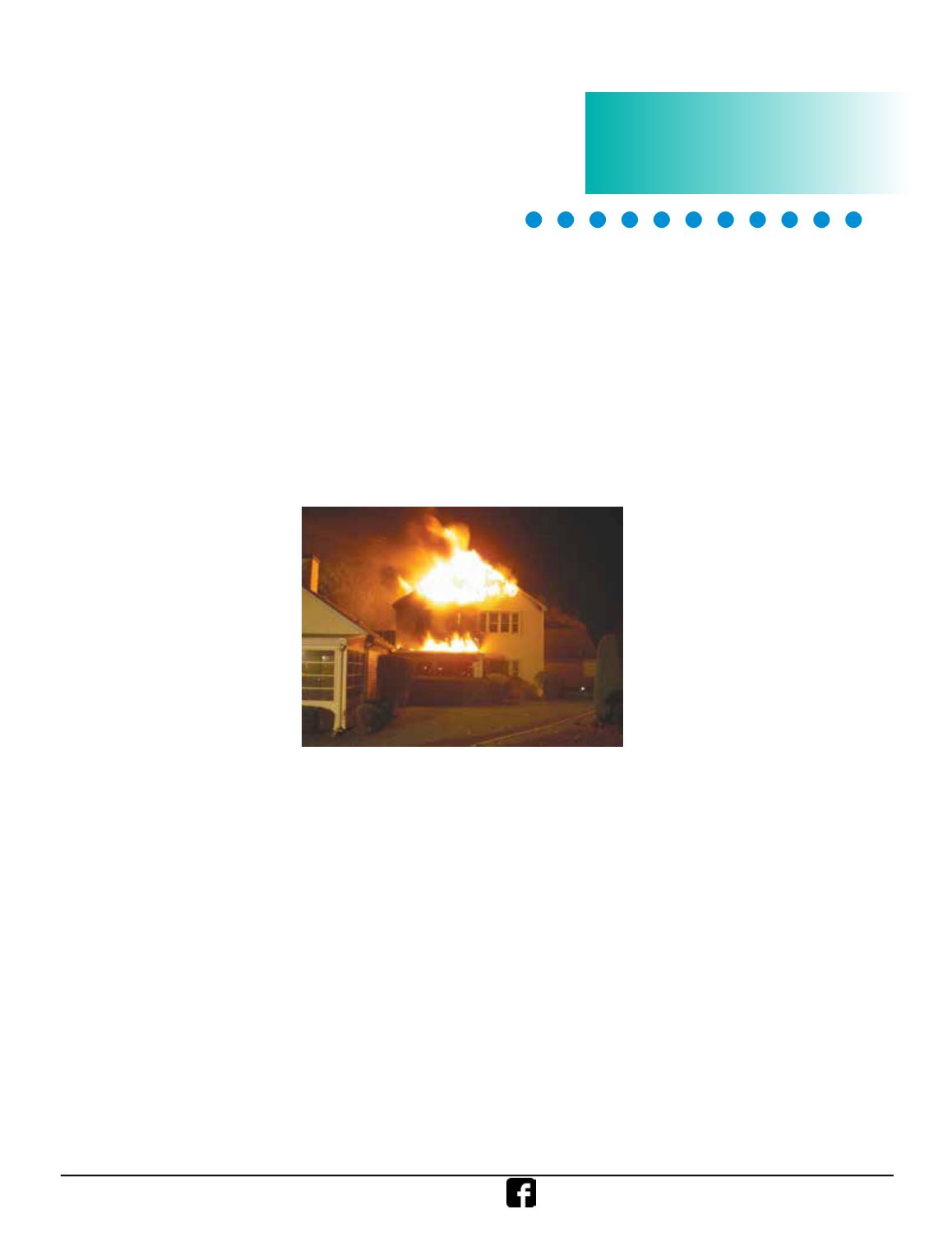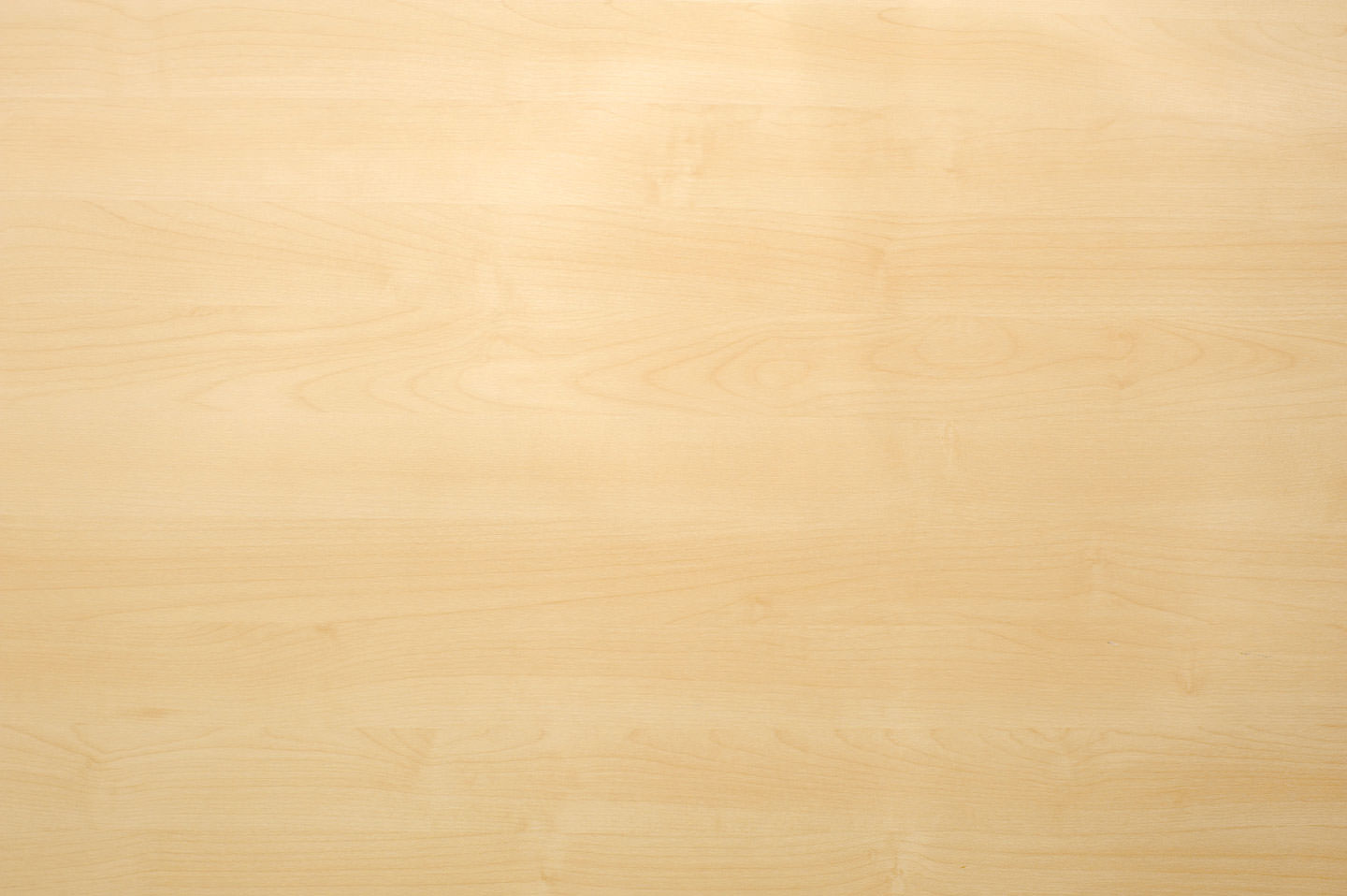

June 2017
46
Find Us On Facebook at Boating On The Hudson
F
or most people, your home is your most valuable asset.
Whether you own a traditional house, a condo, townhouse,
coop or tiny home, there are very specific types of homeowners
policies for each. Even if you are renting, there is an insurance
policy form for tenants that insures your personal property and
alsoprovides liability insurance. Whenwas the last time you really
looked at the limits of coverage, deductibles, endorsements and
coverage form on your policy to know what you are covered for
and also what is excluded? Maybe never or just when you first
made the purchase. Maybe now you just notice the price of
your renewal. You may have purchased the homeowners policy
to comply with a lender’s requirement to meet the amount you
were borrowing with the coverage limit for the structure of your
home being the same as your mortgage amount, or interior of
your condo, townhouse or coop.
This is not how to arrive at the limit
of coverage for the structure, since
the limit should be what it would
cost to replace the structure (or
unit interior in the case of a coop
or condo that you are responsible
for). The limit should also not be
what market value is, as this could
exceed the replacement cost of
the structure, since land is a factor
in market value. The reverse can
also be true where you need more
coverage than market value due
to the house being higher-valued,
unique or Victorian home or you
may be in an area where market values are low due to being
in a depressed, remote or not popular area. If you have had a
policy renew for many years, often this structure limit may have
overinflated or you are underinsured. The insurance company
is never going to pay more than it would cost to rebuild your
home in the event of a total loss, so you may want to contact
your agent or company to see if your structure, or condo/coop
interior limit needs to be changed. At our agency, we complete
detailed cost estimating charts that calculate the approximate
replacement cost unique to each home, based on year built,
location, square footage, style of construction and features. If
you have a condo or coop your by-laws should indicate what
your responsibility is for the unit interior. Would you have to
replace sheetrock, flooring, electrical wiring and plumbing pipes
and fixtures? Possibly yes, and also any improvements you have
made. Have you renovated you kitchen or bathroom(s)? Your
unit interior limit should be sufficient to replace all of this in the
event of a total loss.
What type of policy and coverage do you have? Fire insurance
would be common to all properties, but beyond that, do you
know what else you are protected against? If you own a home,
it is recommended you have a replacement cost endorsement
for the structure that will pay above the limit specified on
the policy, which is typically capped at 125% or 150% of your
structure limit. This is to your advantage to have this “cushion”
of extra insurance, since materials and labor increase ever year.
On all forms of homeowners policies you should also have an
endorsement for replacement cost for personal property. Your
clothing, electronics, furniture and other common items would
qualify for this coverage but be careful, since there are strict
limitations for certain classes which would not qualify and only
be insured on an actual cash value basis (with depreciation for
age taken into consideration). Examples of items where there
would be limitations in your policy may be jewelry, art, antiques,
collectibles, or anything not commonly replaceable. Items such
as these can either be added by endorsement to the policy on a
scheduled basis, with an itemized list, or
blanketed with a lump amount assigned
to a particular class, so as to insure them
at their current value.
It depends on the homeowners
insurance company how this is handled.
You can also buy a separate policy for
valuable items, which is commonly used
for items too high in value to be added
to the homeowners policy. Several of
our customers have separate policies for
extensive lists of jewelry, art or antique
items. Coverage is broader when you
specifically name items and theft on and
off your residence premises applies. For
example, a stone falling out of your ring would be insured this
way as an endorsement on your homeowners policy or on a
separate policy, but not typically on an unendorsed policy.
Water damage is one of the most common types of claims.
But what type of water damage is covered and what is not?
Generally, a sudden and accidental pipe that bursts and causes
damage would be a covered claim. The repair of the plumbing
probably not but the resulting damage, yes. However, if this is
a result of leaking or seepage over time this could be consider
“wear and tear”and excluded. Ice or snow melting and entering
through your roof or backing up through gutter generally is
covered, but only if you have “special form” coverage. This is
something to check on with your own homeowners, condo ,
townhouse, condo or coop policy. Damage to the personal
property should be covered as well as sheetrock repair and
painting. What water damage might not be covered? Anything
relating to water entering through ground level, flooding or
water backing through sewers or drains. These types of claims
could be covered by buying a flood insurance policy and an
endorsement on your homeowners policy is usually available
for the damage caused by sewer or drain back up.
Your Insurance
with
Cathy Karas.
Homeowners Insurance
Simplified - Getting
The Best Coverage at
The Best Rate
photo: intellaclaim.com

















